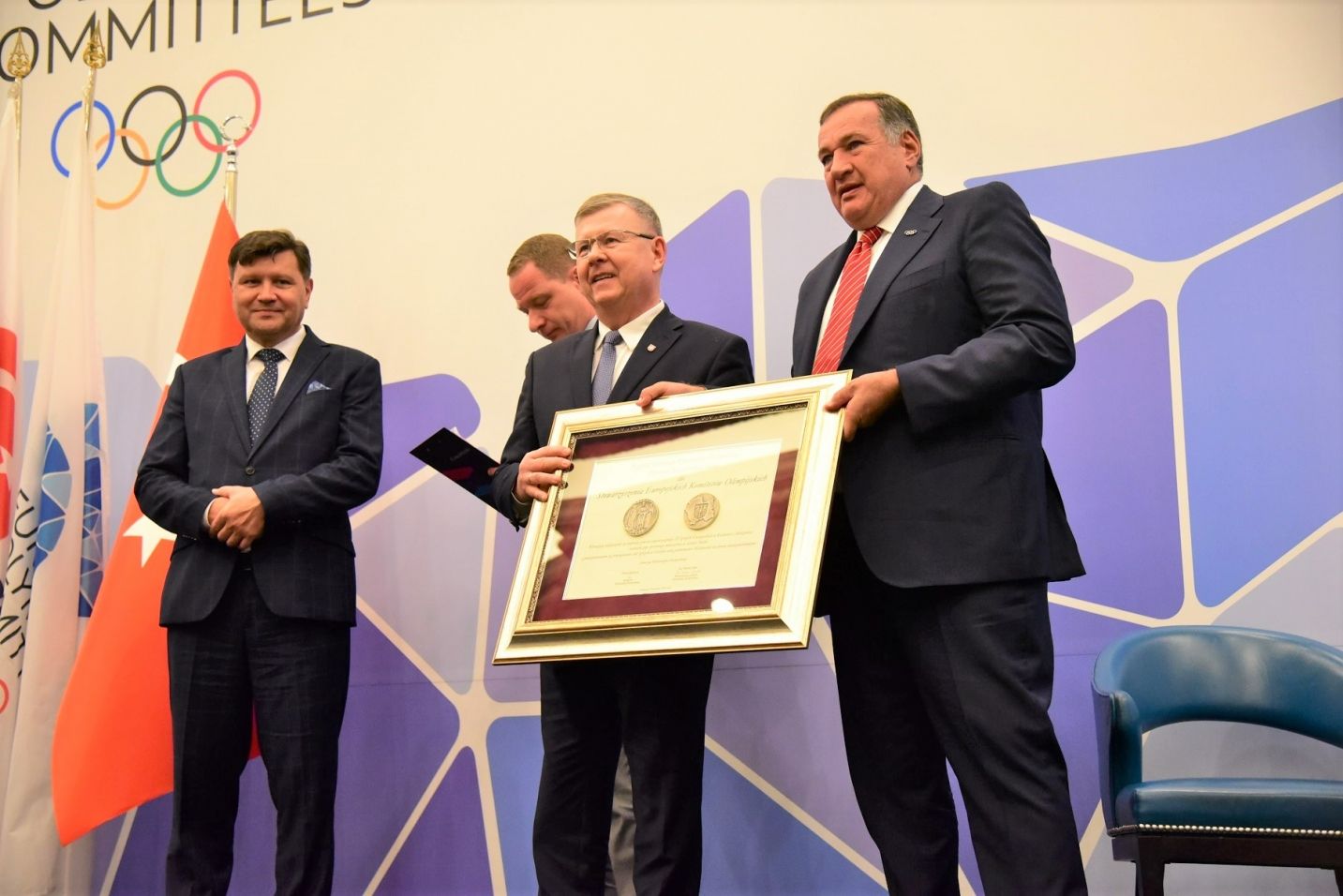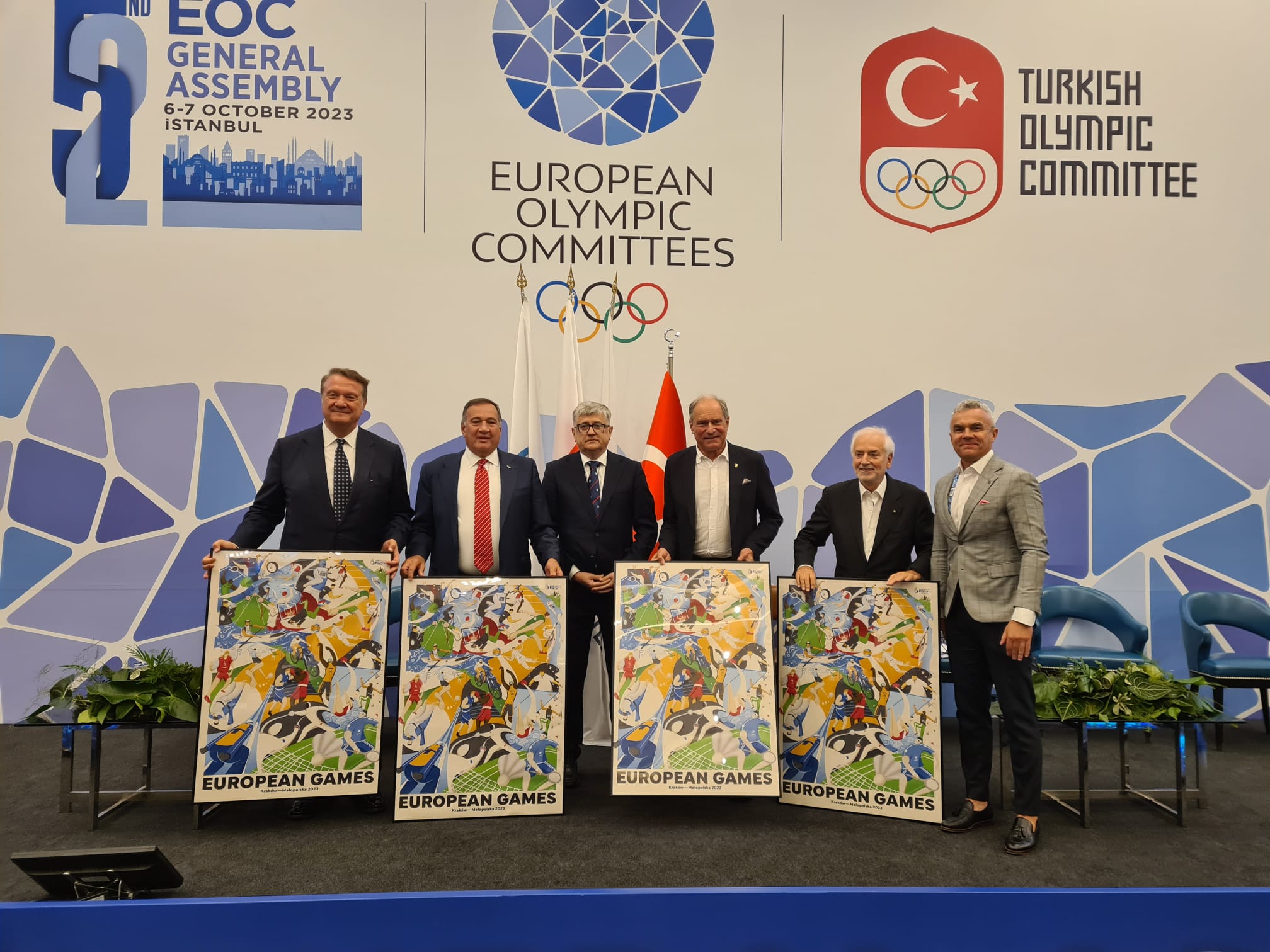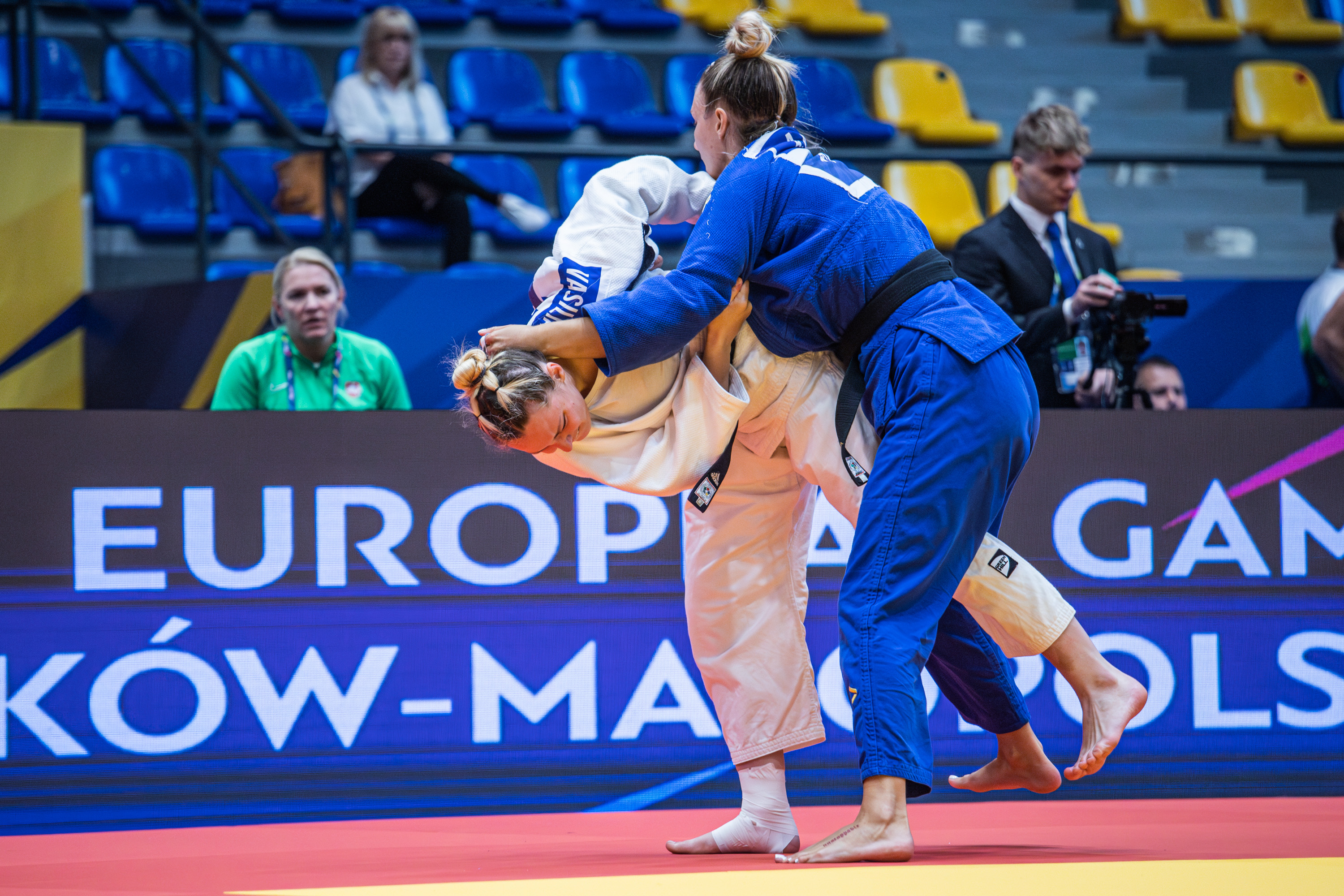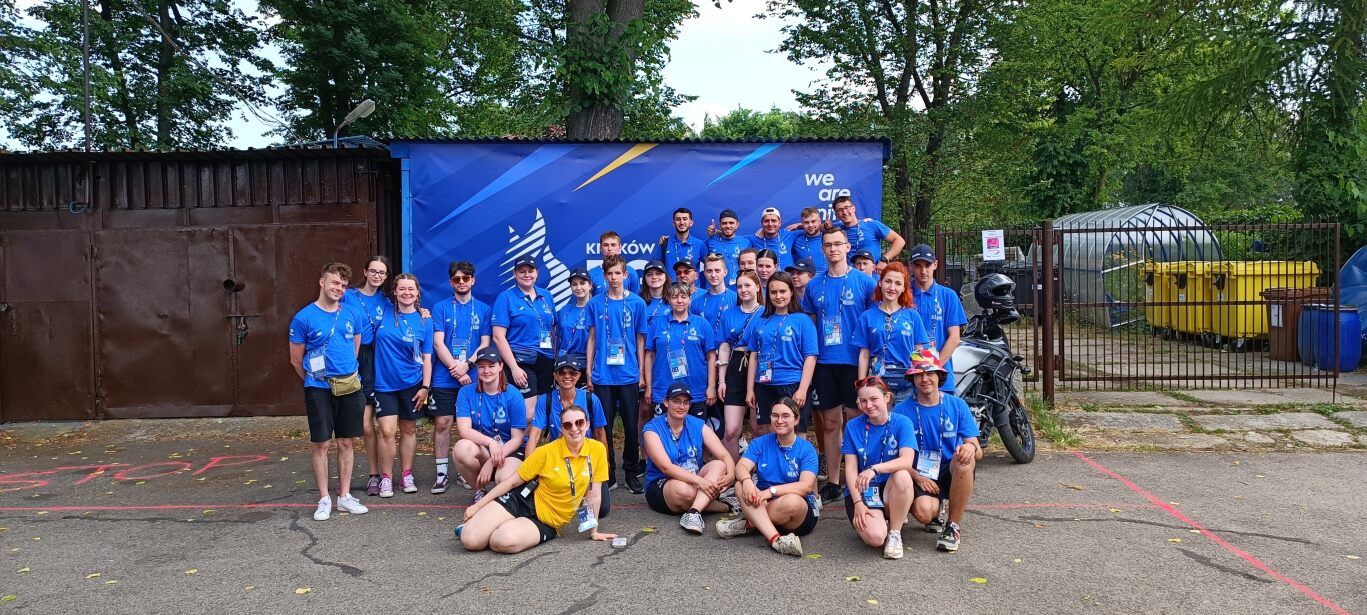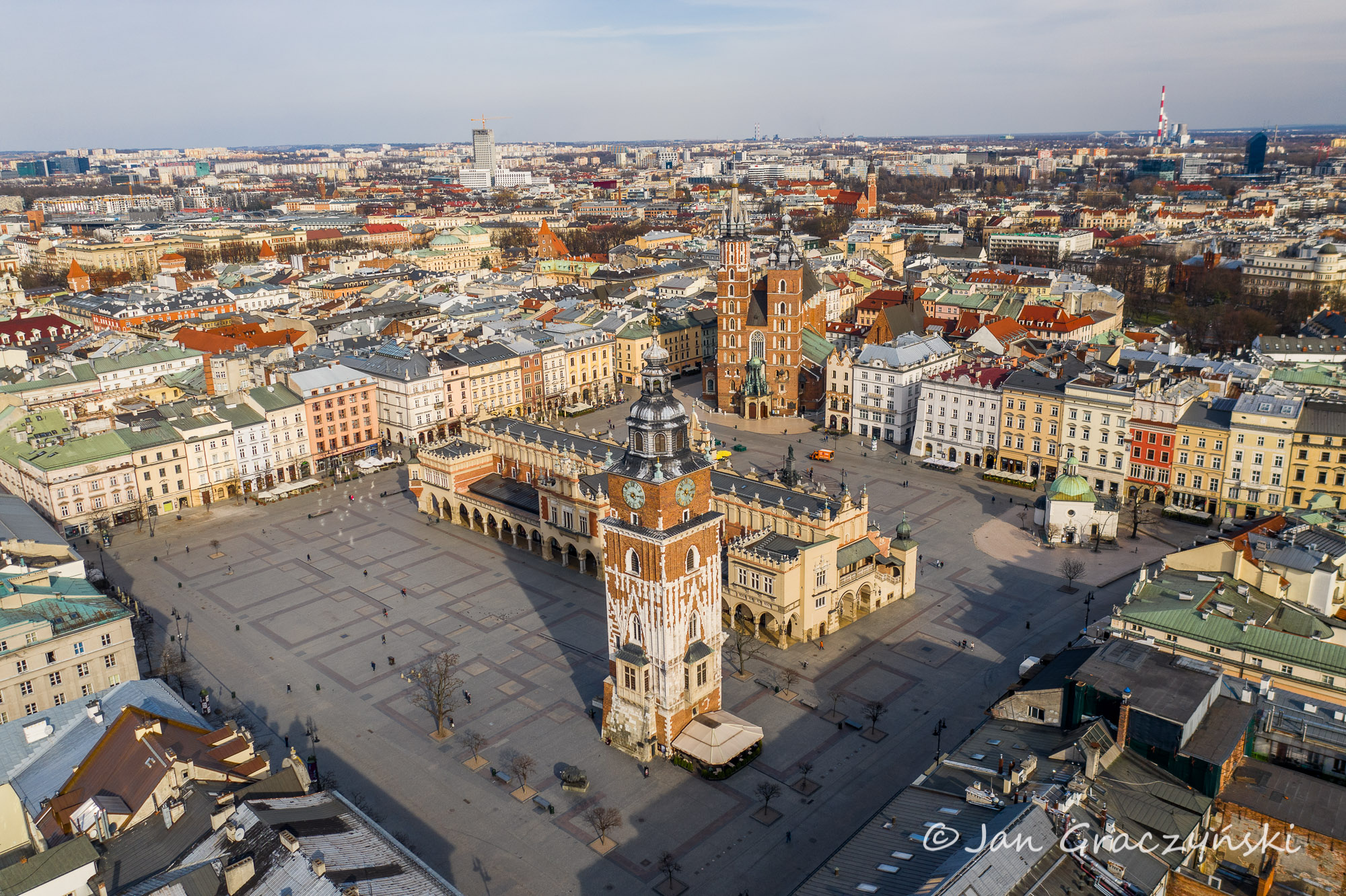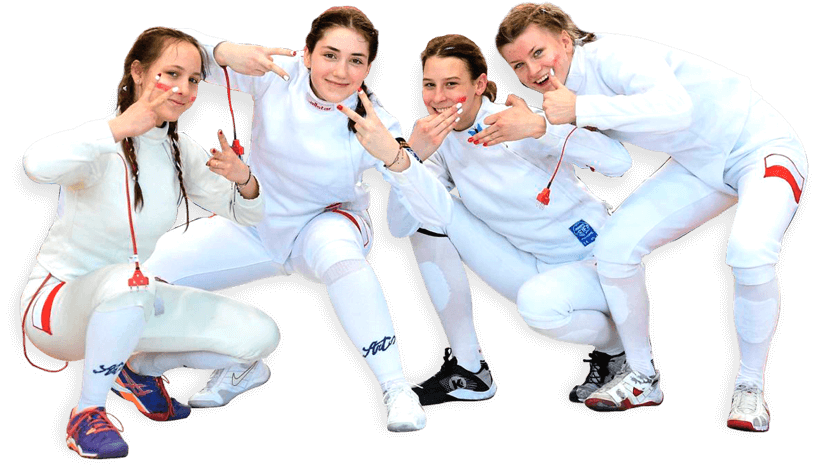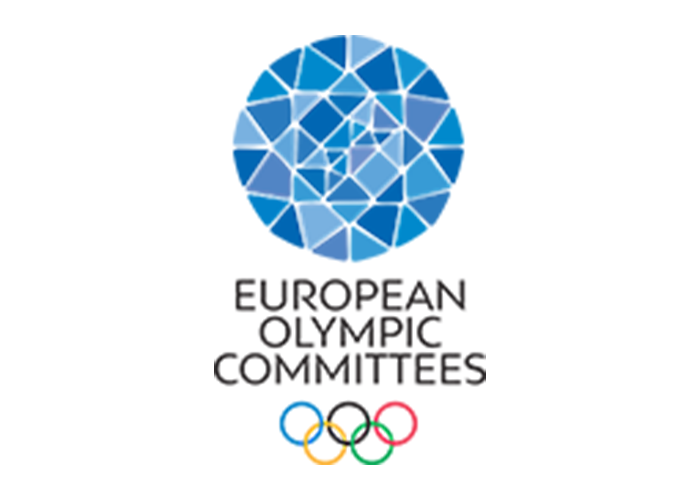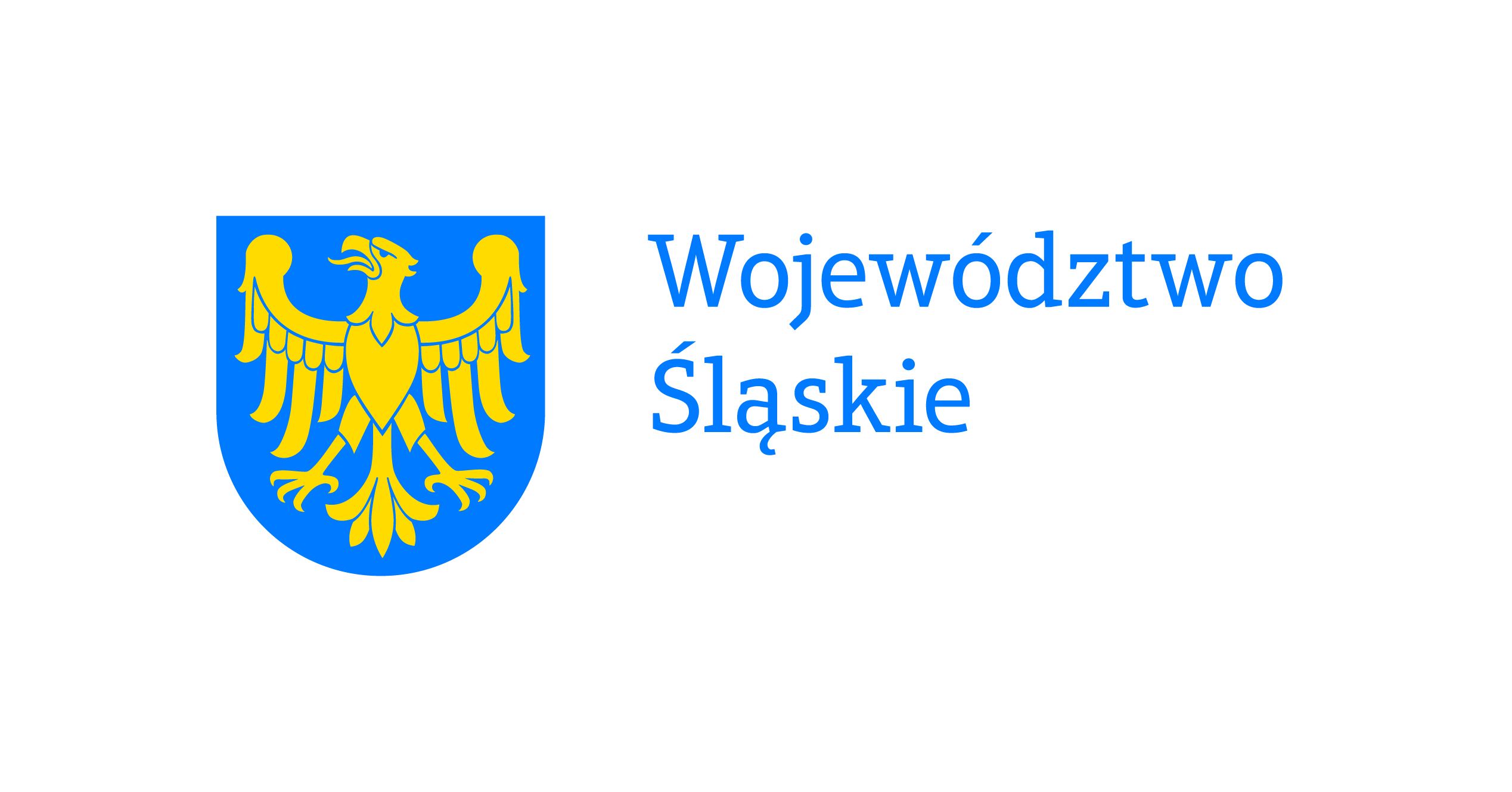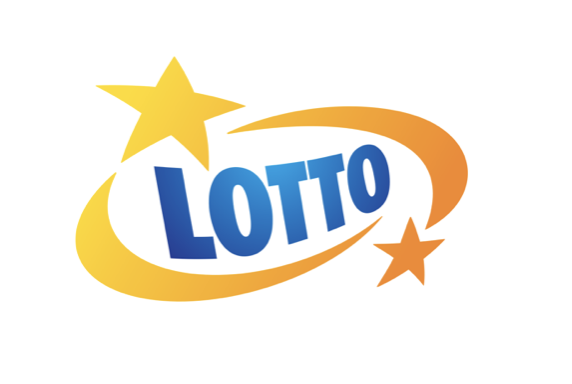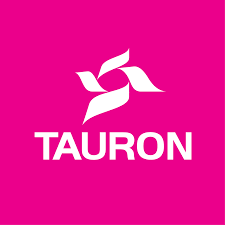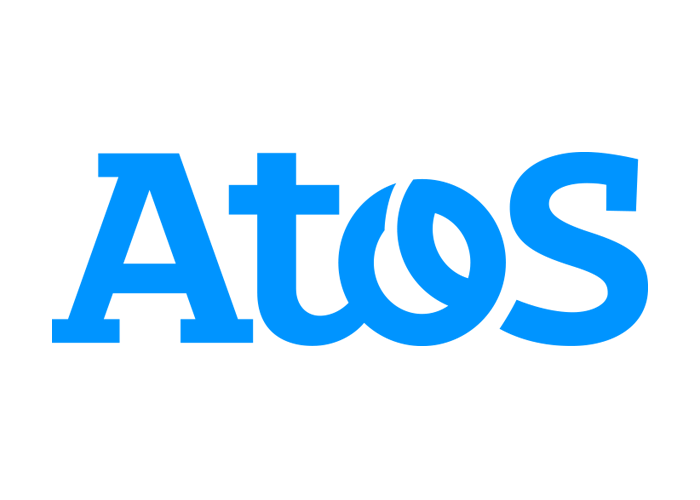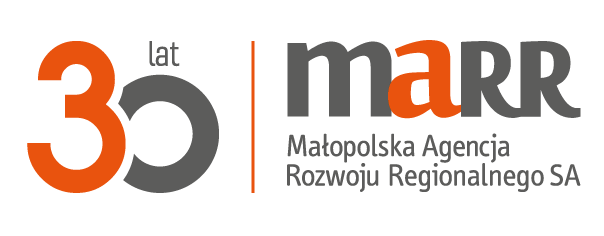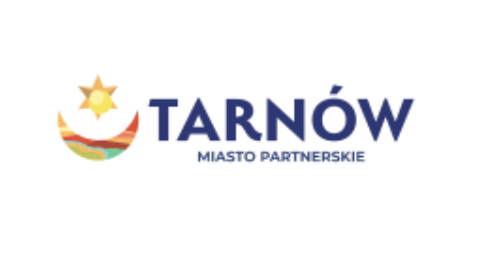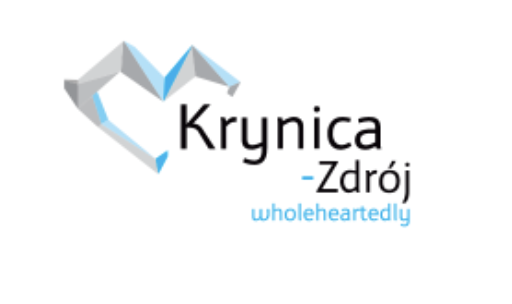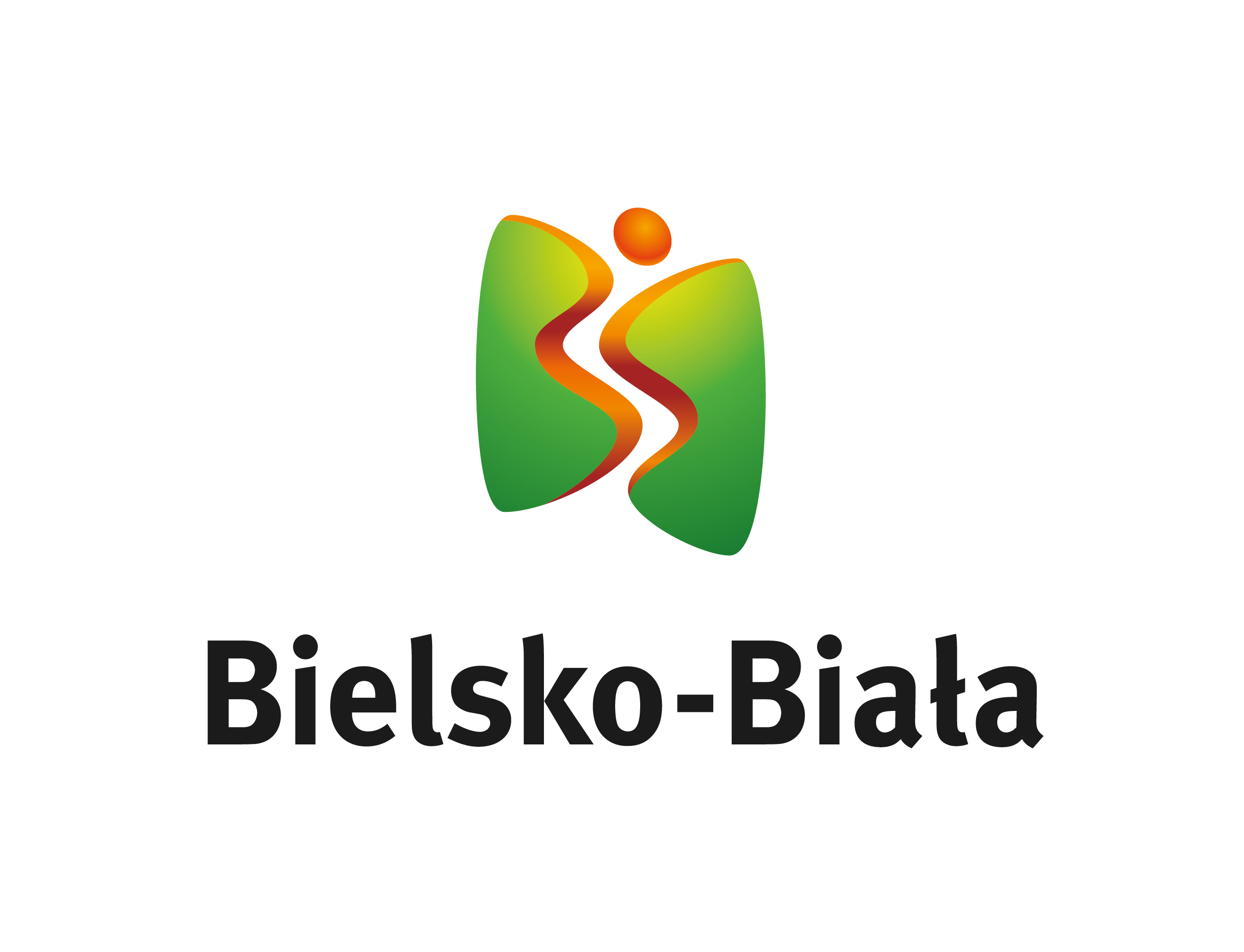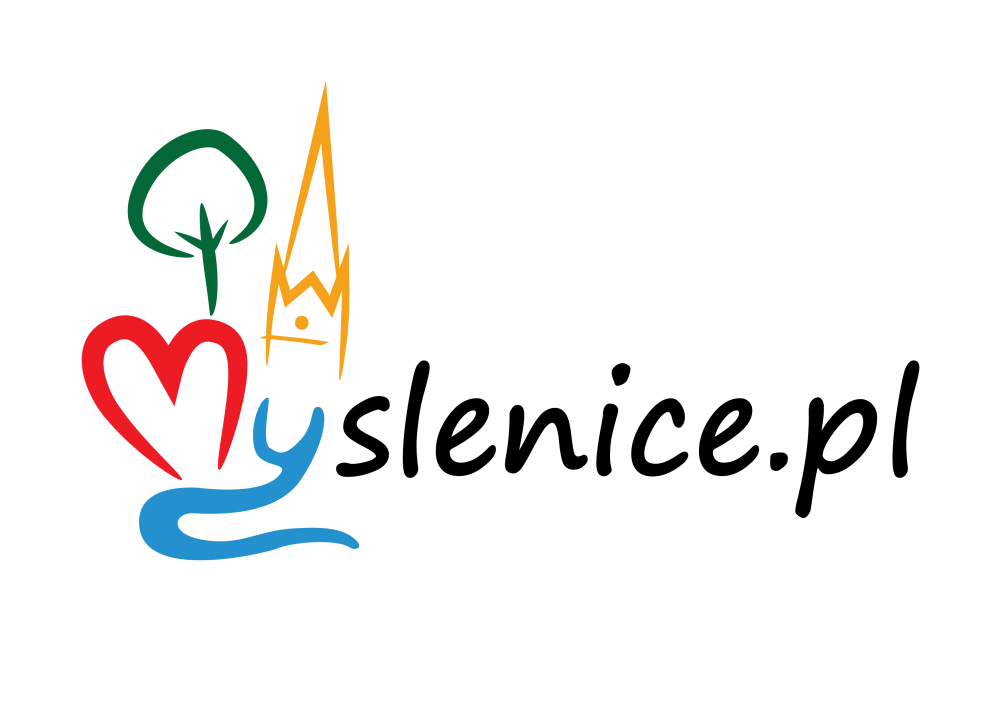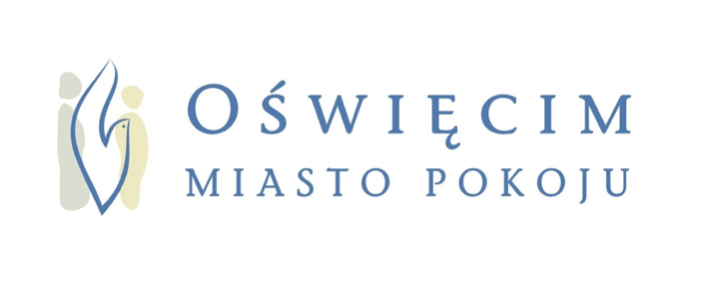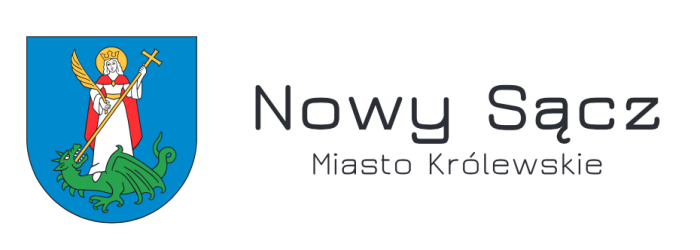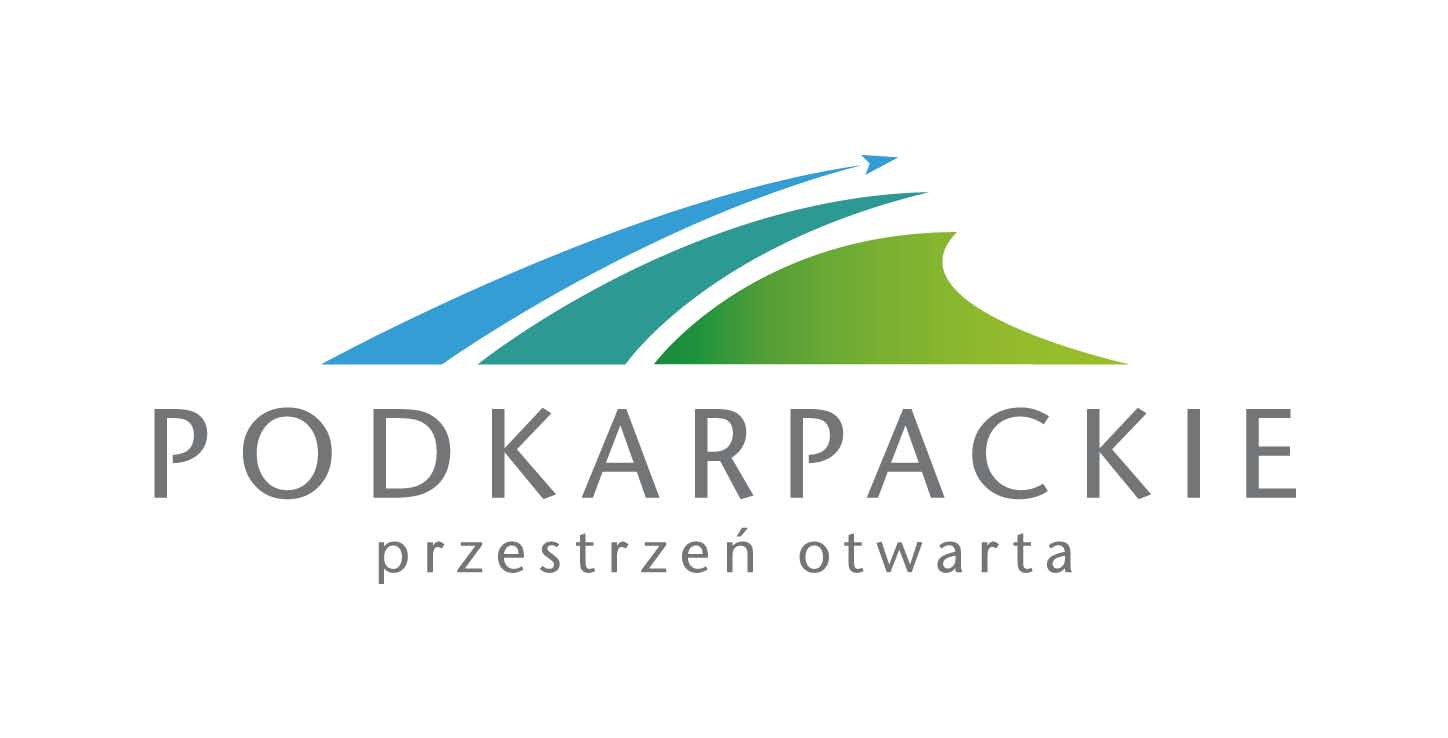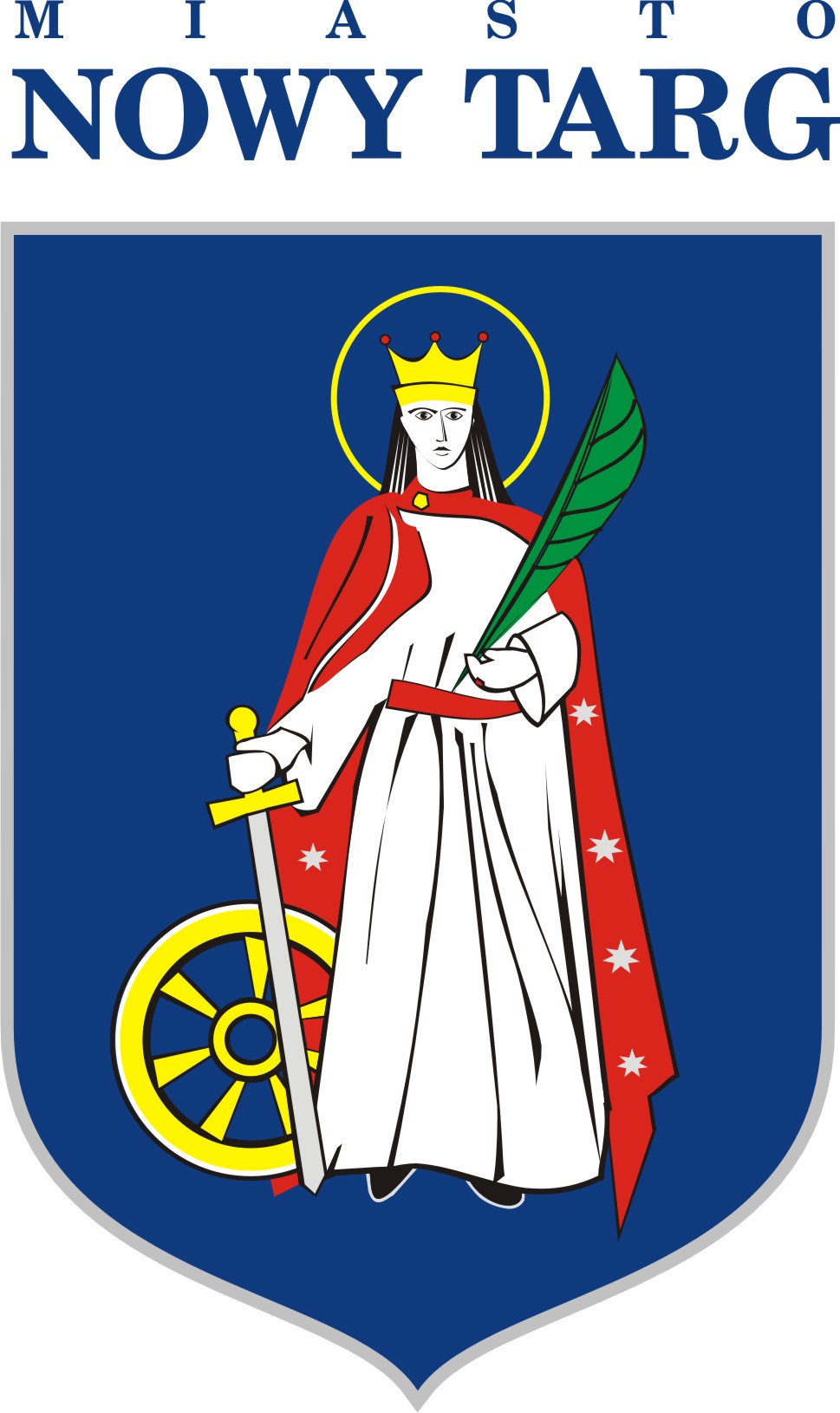Grand summary of European Games 2023
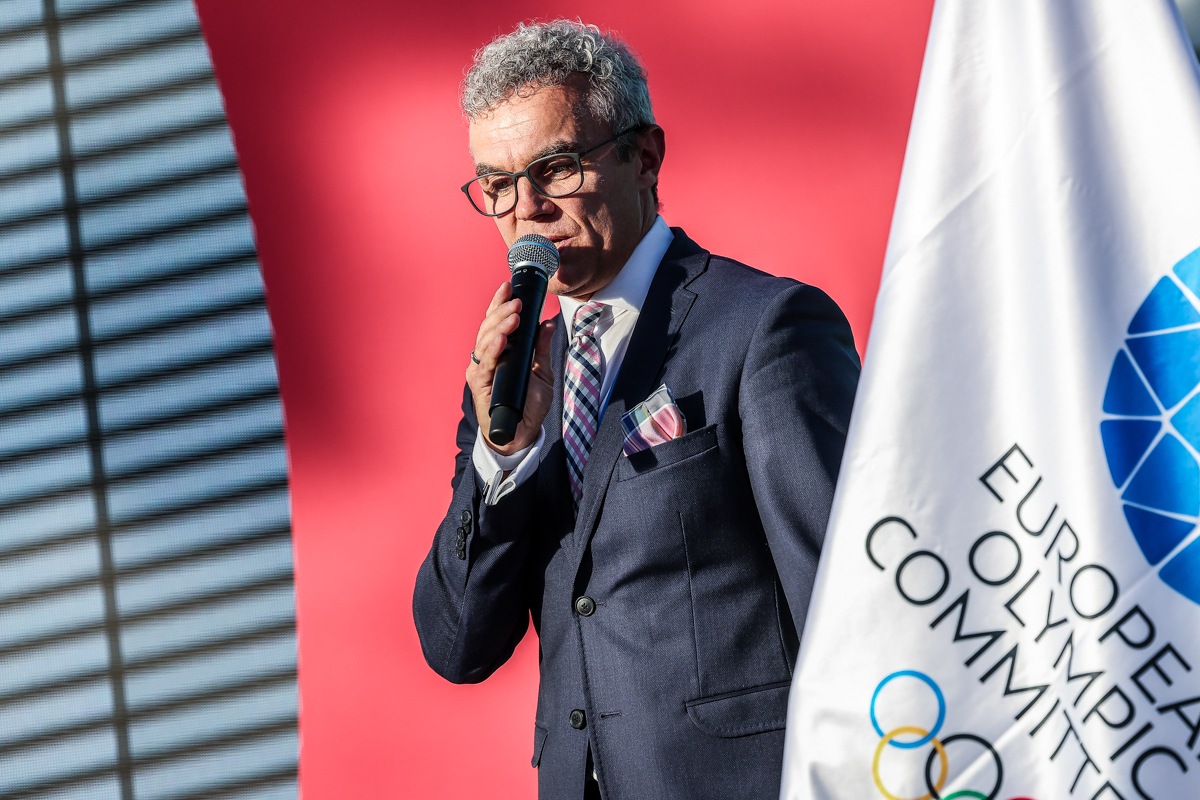
The 2nd European Congress of Sport and Tourism began in Zakopane. After the official opening of the event by the Marshal of the Małopolska Region, Witold Kozłowski, and the Minister of Sport and Tourism, Kamil Bortniczuk, one of the first panels was the one summarising the Kraków-Malopolska 2023 European Games. In front of a full house, the President of the Organising Committee, Marcin Nowak, presented the most important figures and facts.
The summary was opened with a spot, capturing the atmosphere, rank and scale of the event that was the European Games. Already with the first figures, Marcin Nowak pointed out what his team had to deal with when preparing such a huge event. – The multitude of regions, arenas and cities meant that there was a huge logistical and communication challenge. Zlatko Matesa, former Prime Minister of Croatia and President of the country’s Olympic Committee, has repeatedly stated that so far no organiser, including of the Olympic Games, has faced this scale of difficulties and challenges – the President of the Organising Committee stressed.
In this context, the subsequent figures quoted were even more impressive. In 13 cities, at 26 venues, 6380 athletes competed in 29 sports. The European Games lasted 12 days, and alongside the official sports there were also eight side events, including the European Pairs Championships in chess.
The aforementioned 6432 athletes, shared 253 sets of medals (111 men’s, 116 women’s and 26 mixed) between them. In total, the organisers handed out 1626 medals to the athletes. The largest number of medals (100) was won by athletes from Italy. Also at stake were European champion titles in 12 disciplines and as many as 118 tickets to Paris awarded in 19 of the 21 Olympic sports. The European Games featured 149 medallists from the Tokyo Olympic Games, including 43 gold medallists.
The oldest athlete came from Turkey. Alp Kizilsu, 63, took part in the shooting competition. The youngest participant was Juliette John, who represented Great Britain in the water jumping event.
The Polish national team was the largest ever, with 374 athletes. The largest group was made up of athletes (46), sprint and slalom canoeists (29) and rugby players (26). The smallest representation was in artistic swimming and breaking (2). The Poles won 50 medals, taking sixth place in the medal classification.
No major sporting event can take place without the support of volunteers, and 5062 of them worked on the organisation of the Games. Interestingly, they came from 74 countries. The oldest was 84 years old. The event was covered by 939 journalists from Poland and abroad. They had the opportunity to work in all arenas of the Games and in four media centres located in Kraków, Tarnów, Krynica-Zdrój and Zakopane.
The fairness of the competition was overseen by 1208 judges and technical officials. 502 of them were Polish, 706 came from abroad. Some 14,000 security personnel worked to secure the event. Over 1,000 police officers and 1,000 firefighters also watched over the safety of visitors. The smooth running of the event was guaranteed by 1,200 technical staff and all activities were coordinated by nearly 600 employees of the Organising Committee.
There would be no European Games without the fans. A total of 171,031 fans turned up in the stands. Even more followed the coverage on TV, as the opening and closing ceremonies alone were watched by more than two million viewers on TVP. The European Games were broadcast by 41 broadcasters on the Old Continent, with Claro TV additionally showing the event in 13 South American countries. The consortium formed by MediaPro and Festival Group produced more than 142 hours of live coverage. A total of 1,480 hours of television and streaming signals were broadcast. More than 670 people worked on the production.
184 coaches and 305 cars were used in transport operations. Forty-two coach lines were set up to transport the participants of the Games, primarily the athletes, their staffs and the judges. 16,500 journeys were made to and from the airport. The coaches travelled a total of 544,527 km and the cars 753,801 km in operational time alone. In terms of distance, the amount of branding is also impressive, with 199,000 metres and fences. The barriers, which helped to keep order during the competition, would have stretched 32.5km if aligned.
The Main Competition Village, located in the AGH Student Village in Krakow on an area of 105,5000 m2, accommodated 3762 athletes. Their presence accounted for 36 681 person-nights, and 139 680 catering services were issued in the canteen of village. The main protagonists of the Games were supervised by 280 volunteers.
The media performance figures are also impressive. According to a Pentagon study, the advertising equivalent of more than 50,000 publications that appeared in the Polish media amounted to PLN 731 million. There were 1,400 publications on social media, which attracted 55,000 users who were following the events during the Games on a regular basis. All social media activity contributed to 24,000,000 reach.
Just as interesting as the figures presented by President Marcin Nowak were the results of the research discussed by Adam Pawlukiewicz – Executive Director of Research and Development at Pentagon Research.
-Over the past two years, we have conducted a number of surveys on the Kraków-Malopolska 2023 European Games, many of them innovative, with unprecedented group of respondents. The conclusion that emerges from them is that we don’t want to be subcontractors any more. We want to do the ‘big stuff’ ourselves, i.e. organise big and significant events. During my work with the Organising Committee, I met countless people who were very competent and were real experts in their fields. So we have the potential to create great projects – Adam Pawlukiewicz began his presentation.
The most important conclusions he presented concerned three areas: the recognisability of the Games, the evaluation of their organisation and the benefits gained by the region and Poland. Research showed that 72% of respondents who attended the European Games as fans were already aware of the event a year before it began. There was a similar level of awareness of the infrastructure investment that accompanied the event.
An overwhelming 84 per cent of respondents agreed that the sporting investment that came with the European Games was needed in the region and would serve the local community for a long time. What is more, 62 per cent of respondents indicated that small towns and cities also benefited from the event – This means that people see that sport can change reality for the better – commented Pawlukiewicz.
The organisation of the event was rated highly in terms of spectacle (69 per cent positive opinions), the preparation of the venues (77 per cent positive votes) and the participation of top athletes (66 per cent). This in turn allows this year’s European Games to be assessed as an event of high sporting, organisational and, at the same time, prestigious level.
The survey of European Games volunteers was also very positive. The mere fact that 960 out of 5062 volunteers filled it in is already a rarity, as not even the Tokyo Olympic Games, which had far more volunteers, received such a number of responses.
In this research, 78% of volunteers acknowledged that the European Games had a positive impact on their personal development. As many as 87% indicated that they would like to continue their involvement in volunteering activities at other major events, and 82% stressed that they had developed their social and communication skills through the experience.
The European Games were equally positive in the assessment of the National Olympic Committees, who rated all aspects of the organisation highly. Importantly, the accommodation and the quality of the food served were rated very highly. Athletes are a demanding group in this respect and, for example at the Olympic Games in Rio de Janeiro, the best of them did not opt for meals in the general canteen, but provided their own proper catering.
Rafał Poniewski from the Department of Regional Development of the Marshal’s Office of the Małopolska Region also made a brief numerical summary. His team surveyed 2 400 respondents and 900 companies by telephone. As many as 83 per cent of Małopolska residents knew about the European Games, 34 per cent watched them on television, 16 per cent followed the results online and 11 per cent watched the competition on streaming. Questions about the benefits, development and promotion of the region through the European Games also had 80% positive responses. Every second representative of these 900 companies from Małopolska admitted that the event had influenced the development of entrepreneurship in the region and stimulated tourism.
However, these figures are still not everything. The next three panels of the European Games during the 2nd European Congress of Sport and Tourism will give us an even better idea of the scale and the legacy that will be left behind by this largest multidisciplinary sporting event in Poland’s history.
